Wearable Injectors Size
Wearable Injectors Market Growth Projections and Opportunities
The market size of wearable injectors will be approximately USD 21.98 bn in 2030 at 15.2 % CAGR for the forecast period 2022-2030. The wearable injectors market is affected by many factors that together shape its dynamics and growth. One of the main push factors is the growing burden of chronic diseases and the escalating need for convenient and patient-friendly dosage formats. As a result of an increasing number of chronic diseases like diabetes, cardiovascular disorders and autoimmune diseases, there appears a necessity for precise and easy drug delivery methods. Injectable wearables, which are used in self-administration of medications, provide patients with a much friendlier and not so invasive way, contributing to the market's growth.
Technological advancements are the key factors in the development of the wearable injectors market. Continuous revolution in wearable device technology comprising of materials as well as connectivity features and sensor capabilities improves efficacy and usability of wearable injectors. Rapid features, like dose tracking, reminders, and mobile applications connectivity, are key to better adherence and patient engagement that promote the implementation of wearable injectors.
Regulatory considerations take the fore in the wearable injectors market. Strict standardized regulations and approvals are key in achieving the safety and effectiveness of these devices. Compliance with regulatory standards affects product development, manufacturing practice and market entry strategy for wearable injector manufacturers. Awareness to regulatory directives boosts trust among healthcare professionals and patients which aids in the widespread use of wearable injectors as dependable and controlled drug delivery devices.
Additionally, the dynamics of the market are also affected by economic factors such as healthcare expenditure and reimbursement policies. The economic potential of introducing wearable injectors is affected by the reimbursement policies and coverage. Economic concerns are a driving force behind the affordability of these devices for patients, and whether doctors in regions where cost-effectiveness matters in the decision-making process take them on or not.
Territorial disparity is what creates the market environment, and each region is susceptible to specific health care problems and patient specifications. The magnitude of the certain chronic diseases, the healthcare infrastructure, and patient demographics in the geographical area can affect how much demand there is for wearable injectors. One of the ways manufacturers tailor their strategies is by responding to the specific market requirements and regulation of different markets.
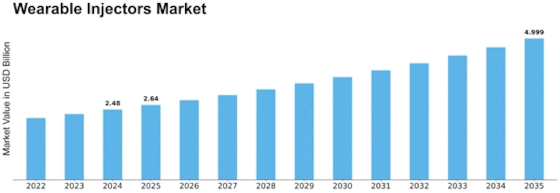

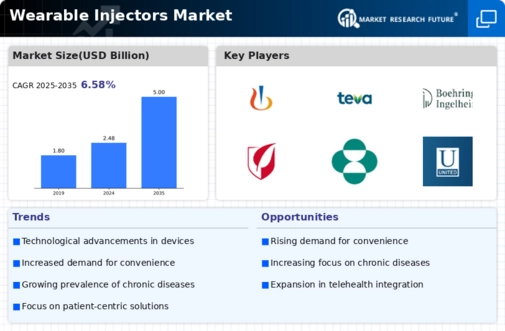
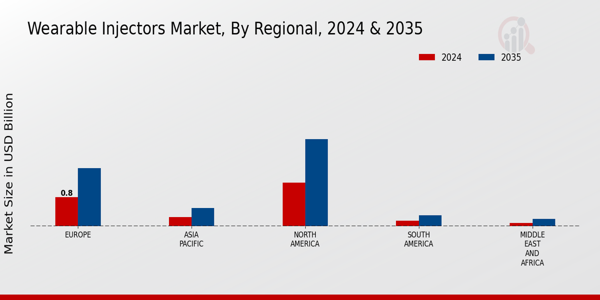
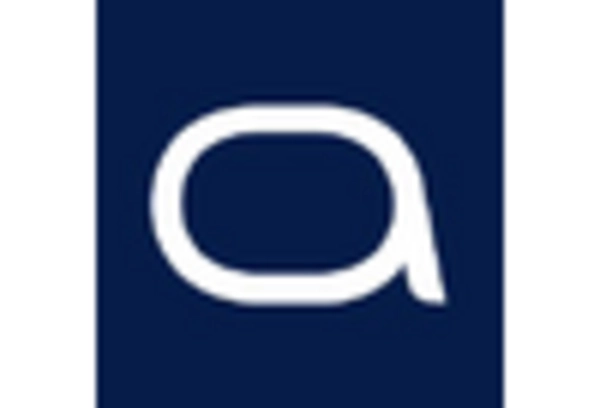
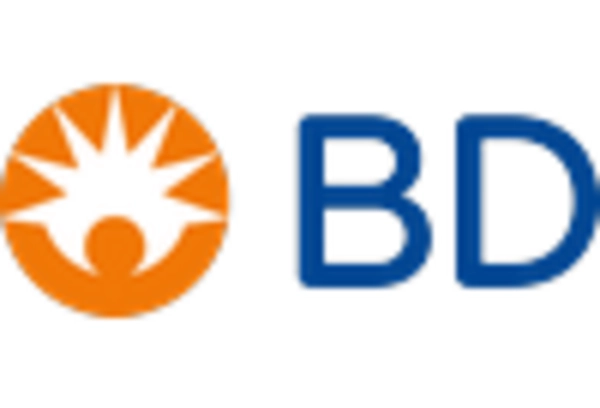
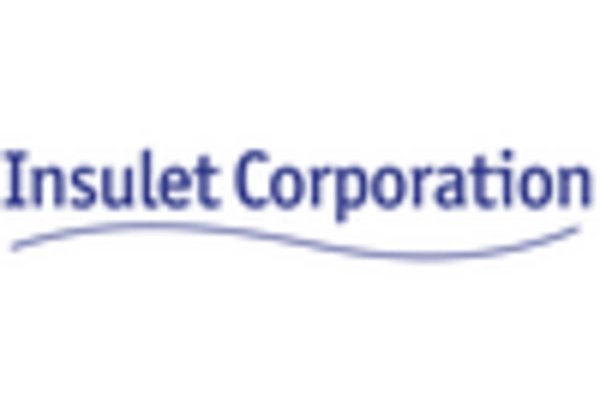


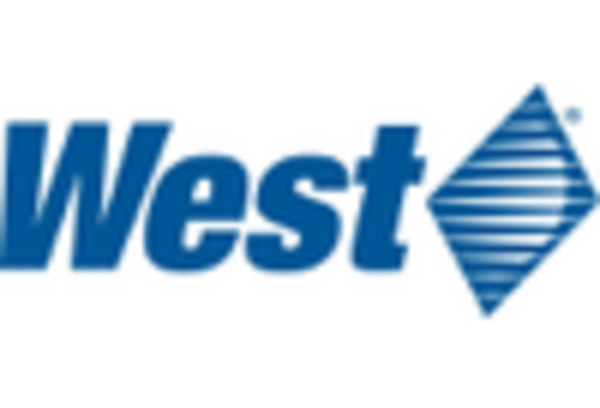









Leave a Comment